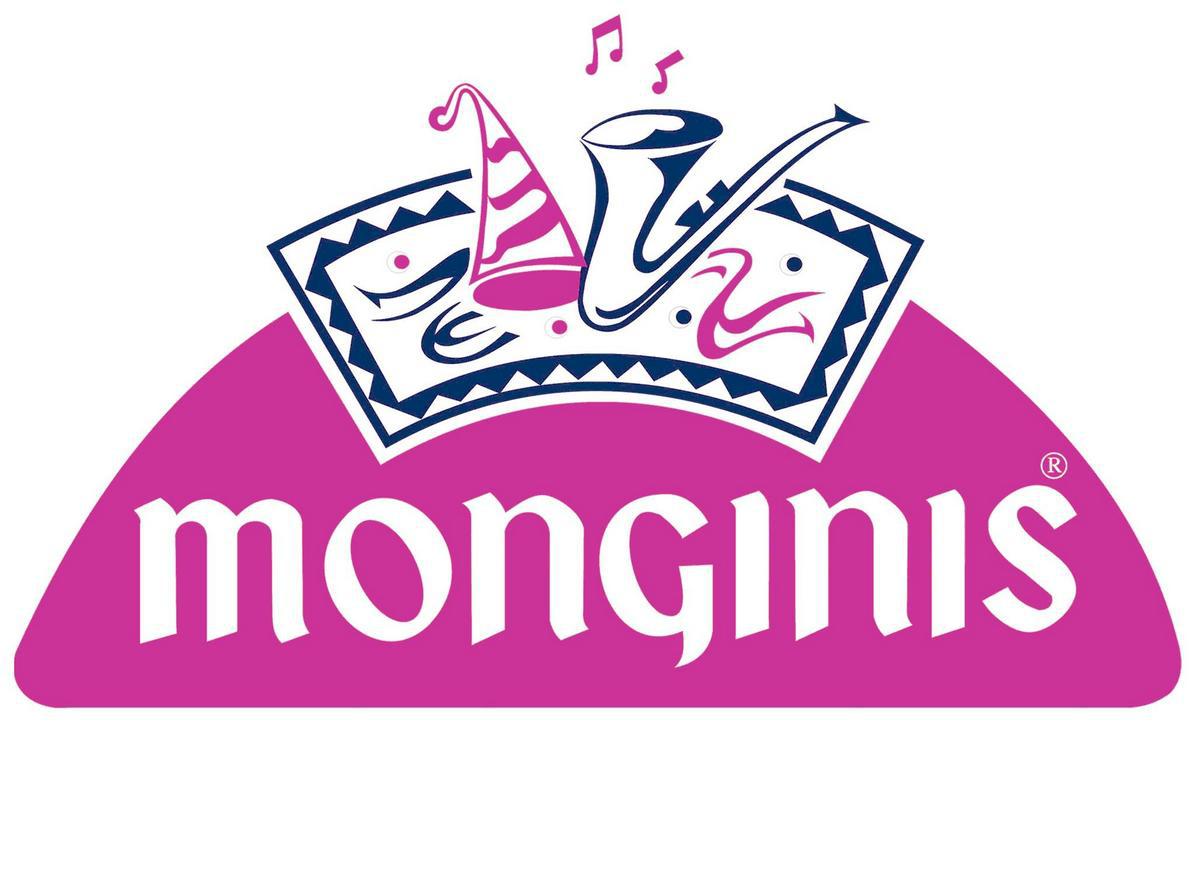Leveraging Social Media for Student Admissions
How to Levеrage Social Media During the March Madness for Admissions
March is a big month for universities and colleges. Not only is it the time when the NCAA basketball championships are happening, it’s also quite a telling month for admissions. It is the month when many potential students are receiving offer letters and deciding where to go. On top of that, late stage applicants are still deciding where to apply.
The Power of Social Media for Student Recruitment
A recent Social Admissions report carried out by Uversity and Zinch emphasizes how and when students are interacting online and using social media. The outset of the report highlights a very crucial fact: content on university websites contributes more than any other online channel to a student’s decision of where to apply. While other channels like aggregator Zinch, rankings sites, and social media play critical factors, the university websites themselves must deliver messaging that “closes the deal” with prospects deciding whether to apply.
How to Get an A+ for Student Lead Generation? Optimize for Mobile!
Mobile and tablet use is increasing broadly across the education sector, according to the Higher Education Marketing blog. This trend presents a massive opportunity as only a portion of university and college websites are optimized for mobile, either in the form of a mobile-specific site or by employing a responsive-design site. In fact, schools often receive negative feedback about their lack of mobile site availability.
The report examined two elements of social networks: where the highest usage overall is, and where the use for university and college information is. For overall use, Facebook and Twitter continue to be the most popular. However, the study shows large increases in Instagram, Pinterest, and Tumblr, while Google+ remained fairly steady in its use.
Interestingly, when looking at which social networks students used most to obtain information, Facebook, YouTube, and Twitter were at the top, with Google+ and Instagram not far behind. At the time of this report, it is worth mentioning that LinkedIn Universities pages had only recently launched, and only a small portion of schools had begun using LinkedIn’s new channel.
Social Media Diversity for Better Targeting
Different social media networks allow you to speak to different audiences in specific ways that leverage each platform’s unique advantages.
For example, if your school has a big focus on careers post-graduation and LinkedIn data can showcase career achievements of almuni, then LinkedIn is a good network on which to focus. In contrast, a more traditional college with, for example, a beautiful campus will want to highlight this assets in pictures – through Instagram, Facebook and Pinterest. If you can actively engage your audience and current students, you can even have them start uploading Instagram pictures for you!
Not only is the medium important, but also the content specifically. In this case, some of the most popular keyword searches included phrases like “student life,” “events,” “scholarships,” and more. The report makes a mention of hashtags, and owning your school’s hashtag.
Students reported that they primarily would like to interact with current students (74%), other admitted students (72%), admissions (69%), guidance (63%), faculty (57%), administrators (57%), and alumni (53%). Think back to your own admission experience — how easy would it have been to interact with even one of these groups with the degree of efficiency and speed that today’s social channels offer? Think now about today and what kind of massive impact these can have on prospective students, especially in a hyper-interactive and instantaneous environment.
The final noteworthy finding in the report was around admitted students – 63% of admitted students indicated they would join a Facebook group to connect with other admitted students.
So what does all of this really mean? It means that there needs to be a comprehensive and well thought out strategy for social media communication. Even if your school has Facebook, Twitter, and even Pinterest profiles set up, that isn’t enough. The key is to focus on the quality and consistency of your prospective students’ experiences across all these channels.
Are they focused on careers? Then have that information available through LinkedIn and other channels. Are they focused on a beautiful campus? Make sure to show pictures in all different ways. Are they using mobile frequently? Make sure your website can adapt and be ready.










